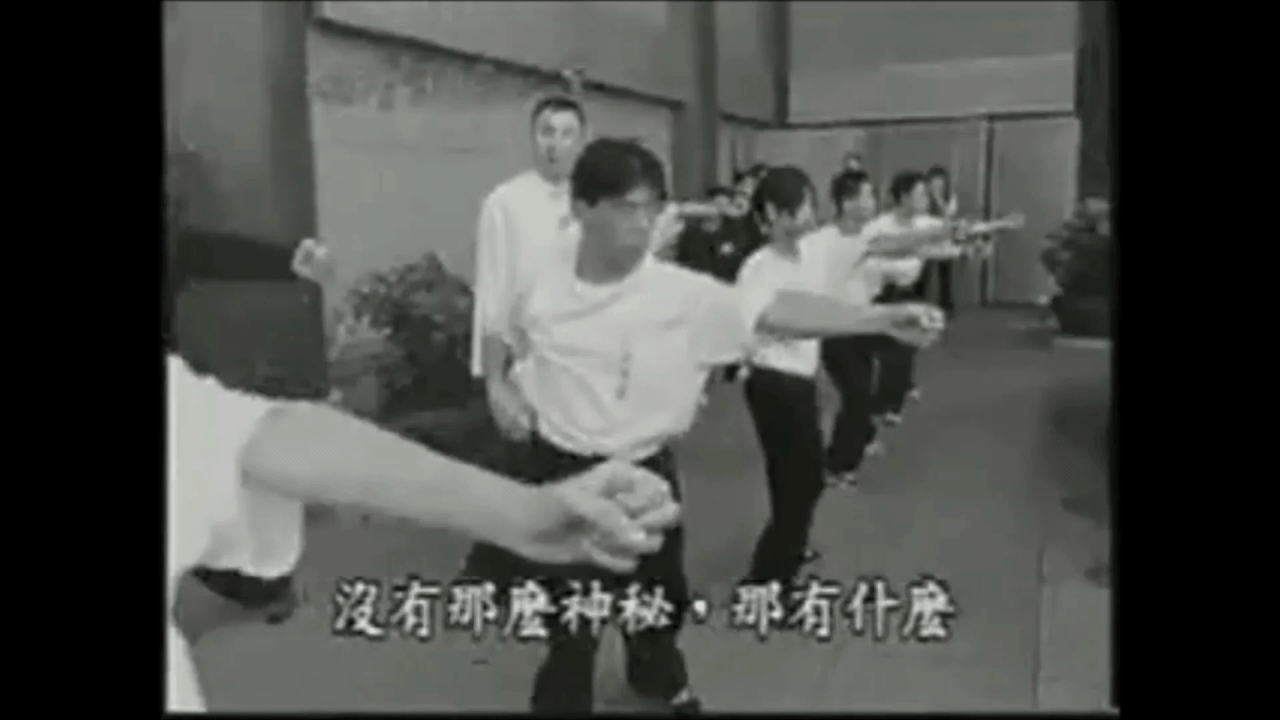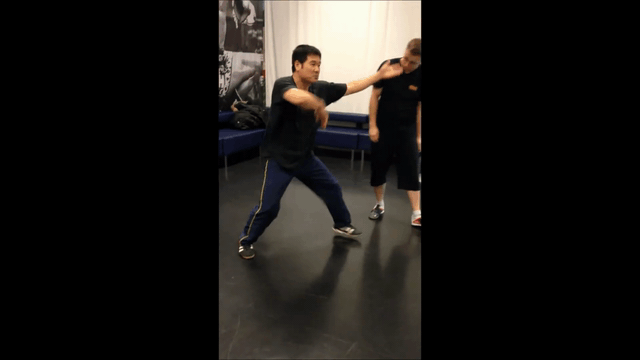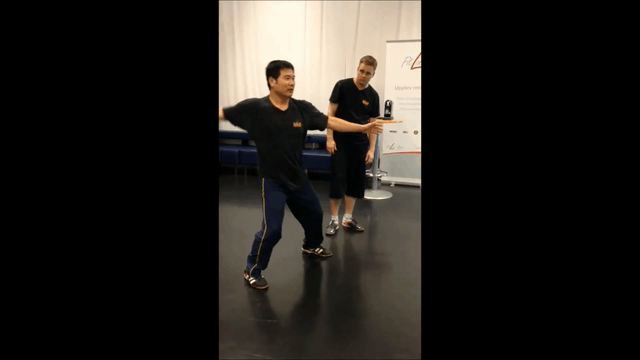Oh yeah I totally agree with varying the styles it's something I enjoy doing and switching during sparring. Haha it's definitely a good tactic to use on someone unexpectedly. But yeah thats partly why I'm trying to learn the animal styles in depth. They all do things differently from punches/kicks/ blocks to how they move and view things. It's good to find the stuff deeply hidden but it's hard as well
I wanted to comment on this, speaking as someone who trains an animal style and has also benefitted from training in several other styles over the years.
First, I would like to ask you what is the length and depth of your training in the martial arts as a whole, and in the Chinese methods specifically. This would be useful information for me and would help me understand the likely level of how you are understanding this training.
I find that people often focus on specific techniques as what defines a style, and in particular the animal styles. To some extent this can be true, but isn’t a good way of looking at it as very few (if any) techniques are truly unique to one style or other. For example while we call it by another name, we in Tibetan White Crane have clawing techniques that would be quite at home in a tiger style. I am sure other styles, including non-crane animal styles have one-legged “crane stances” and various crane beak and crane head punches as well, which incidentally, we make little use of.
A better way to understand what differentiates one style from another (animal or otherwise) is in how the style goes about training its fundamentals, power generation, delivery of technique, etc. Often a style will have drills and practices that are unique to that style, that are meant to develop punching power, for example. There is a theory upon which those drills are built, that leads to powerful techniques. But in the end, that punch is still a punch and isn’t otherwise different from what might commonly be found in other systems. It is in how one works to develop that powerful punch, that identifies the style. Combat is not otherwise meant to be stylized to meet some presentation of the animal through mimicry or use of animal-like techniques. Combat can look like anything, but as long as you are delivering your technique according to the theory upon which your style is built, then you are using your style even if an uneducated eye is unable to distinguish that technique from how a practitioner of another style might deliver it.
Consistency is very important in the practice of martial arts. Repetition is what trains the body to move quickly, powerfully, efficiently, and spontaneously in ways that are effective in a combative encounter. This is where people get into trouble by mixing and matching elements of different styles. Those elements may be designed to work from different theories, and manifest differently in the physical practice, so when you practice multiple systems that operate on conflicting theories that create conflicting manifestations, you undermine and hamstring all of it because you aren’t keeping your practice consistent. It is like deciding you wish to drive to the next town up the highway, but you can’t decide what route you want to take so you get part way there and then go back to the beginning and start down a new route, and when you get part way there you do it again. You never reach your destination in this way. The destination is useful martial skill and any style can get you there if you stay consistent in your practice. But if you practice multiple styles with conflicting theories, none of them become powerful and useful. You fail to develop real skill with any of them and only develop a superficial skill that doesn’t get you very far.
So this is becoming a bit long-winded, but what I am trying to do is comment on what you said about switching from one style to another when sparring, to confuse your training partner. I think what is more likely is that you confuse yourself because you are inconsistent with your training. It may be a bit confusing for your training partners at first, but it eventually they see through the smokescreen and recognize that there is little substance there.
Training multiple styles is useful because it helps you see different ways of going about the training. But eventually you need to identify the style that is the best fit for you, and then stick with that one. When you understand it more deeply you will recognize that most any technique can be adopted to work with it the foundation of that style, and you can expand your abilities in that way. But you need to be careful about what you mix together because if it cannot function effectively on the foundation that you have built, then you do not want it, it is clutter and is in the way. People always want to add more to their practice and they often fail to recognize that some things, you should not adopt.



